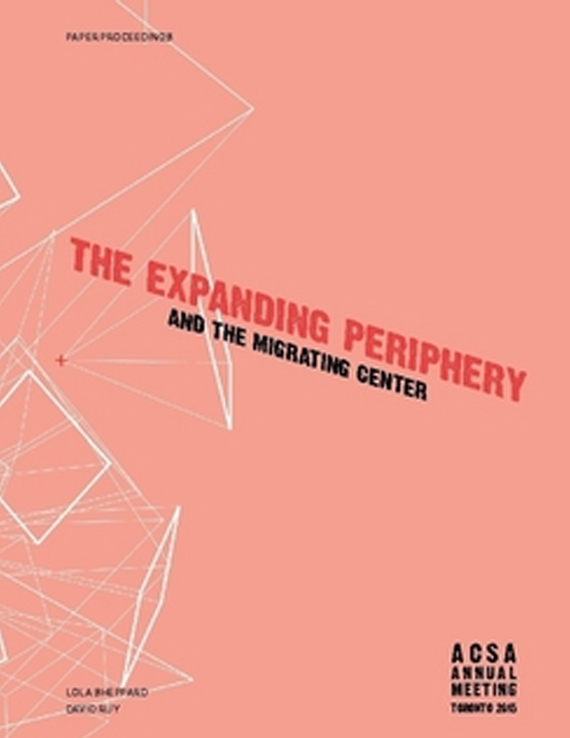Author(s): David Salomon
The hypothesis of this essay is that as long as architectural practice and education are conceived of and deployed as either a problem solving technique or an autonomous art form, its academic and professional relevance will be limited. Rather, it must be treated as a specific form and technique for producing knowledge. Medicine, as a discipline, is not only the treatment of maladies, nor the abstract analysis of bodies. It is the systematic investigation into understanding the relationship between the two, with the goal of improving health and wellbeing. The same might be said of the relationship between buildings, aesthetics and social bodies in architecture.Drawing on the work of Alan Colquhoun, Gilles Deleuze and Felix Guattari, and Bruno Latour, it will be argued that architecture can be reframed as a specific epistemology through the speculative yet surprisingly plausible combination of composition and research. Composition and research: the former seems so outdated, formalist and subjective; the latter so contemporary, scientific and objective. What makes them compatible and complimentary is their longstanding and shared commitment to experimentation and invention. In other words, they are methods that search for questions that don’t necessarily have specific answers and for problems that do not yet exist. They do not look for immediately useful solutions but instead search for insights and potentials to be found and made out of what currently exists. In architecture, composition addresses the disciplines internal operations regarding the manipulation of surfaces, shapes and spaces, while research solicits the external material, or noise, that this potentially closed system needs to make it a relevant social institution. While clearly distinct, they are never separate; each having to adjust and adapt its modes and methods to account for the others logics and effects.It is the aim of this paper to outline how these concepts – composition and research – can be re-though and reinvented to generate architectural knowledge.
Volume Editors
David Ruy & Lola Sheppard
ISBN
978-0-935502-95-4

 Study Architecture
Study Architecture  ProPEL
ProPEL 
